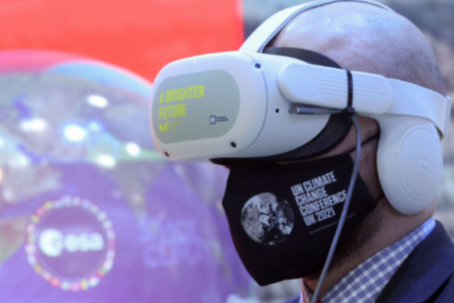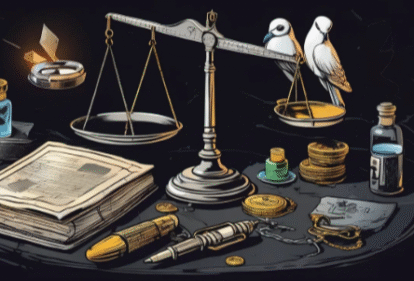The integration of technology in journalism has fundamentally altered the landscape of news gathering and dissemination. Advanced tools now enable journalists to analyze data and uncover deeper narratives. Social media has transformed audience engagement and allowed for diverse content creation. However, these advancements have also led to significant challenges regarding misinformation and trust. As the industry navigates this complex terrain, the implications for credibility and the future of news remain uncertain.
The Evolution of News Gathering Techniques
As technology advanced, the landscape of news gathering transformed significantly, marking a departure from traditional methods.
Journalists increasingly relied on data analysis to uncover stories hidden within vast datasets, enhancing accuracy and depth.
Simultaneously, multimedia storytelling emerged as a vital technique, blending visuals, audio, and text to engage audiences more effectively.
This evolution empowered journalists to craft narratives that resonate in a rapidly changing information environment.
The Impact of Social Media on Information Dissemination
While social media platforms have revolutionized the way information is disseminated, their influence on journalism remains complex and multifaceted.
Viral trends can rapidly amplify stories, yet they often prioritize sensationalism over accuracy. This shift fosters heightened audience engagement, allowing users to participate in discourse, yet raises concerns about misinformation.
Ultimately, the balance between immediacy and integrity remains a critical challenge for modern journalism.
The Rise of Citizen Journalism and User-Generated Content
Although traditional journalism has long been the primary source of news, the emergence of citizen journalism and user-generated content has fundamentally altered the media landscape.
This shift enhances citizen engagement, empowering individuals to contribute diverse perspectives. As a result, content diversity flourishes, reflecting a broader array of voices and experiences.
This transformation invites audiences to actively participate in shaping narratives and fostering democratic discourse.
Challenges of Credibility and Trust in the Digital Age
In an era marked by rapid technological advancement, the challenges of credibility and trust in journalism have become increasingly pronounced. Misinformation strategies proliferate online, undermining public confidence.
Despite the rise of fact checking initiatives aimed at combating false narratives, skepticism persists. As audiences navigate this complex landscape, the demand for transparency and accountability in media remains paramount, highlighting the urgent need for reliable information sources.
Conclusion
In conclusion, technology has fundamentally transformed journalism, enhancing both the depth of reporting and the avenues for audience engagement. However, with the rise of digital platforms, a staggering 64% of Americans express concern over the accuracy of news they encounter online. This statistic highlights the urgent need for media literacy and rigorous fact-checking to combat misinformation. As journalism continues to evolve, the balance between innovation and credibility remains crucial for maintaining trust in the media landscape.




 The Rise of Edge Computing and Its Benefits
The Rise of Edge Computing and Its Benefits